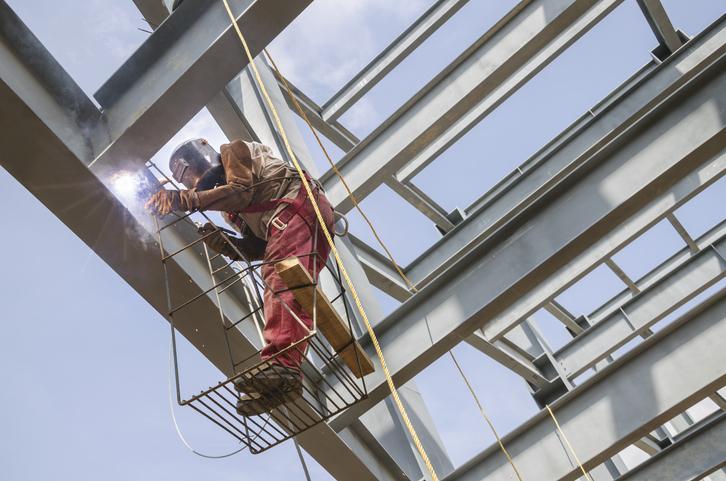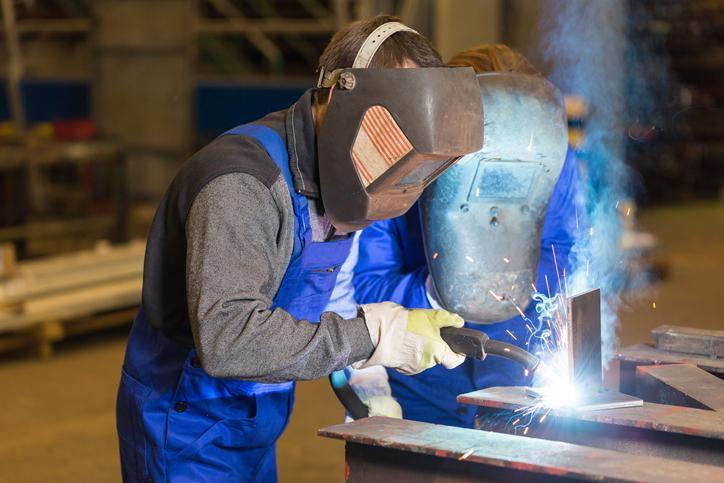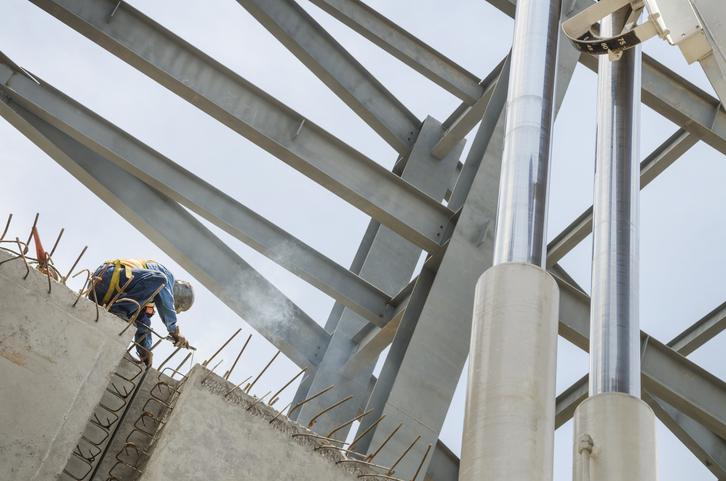
Are you looking for an interesting, dynamic career that’s in high demand? Ironwork is an excellent choice for anyone seeking hands-on work that allows them to enjoy variety and excitement. Ironworkers install structural and reinforced iron or steel to support buildings, bridges, and roads. As a trained ironworker, you’ll essentially help to build the structures that make a town or city function optimally–how rewarding!
In addition to being an interesting and stimulating occupation, a career in ironwork can provide you with the stability you’re looking for, since the demand for this skill will grow for years to come. Before you become an ironworker, there are several technical skills to learn. If you’re interested in pursuing this path, an apprenticeship is a great place to start. Wondering what it’s like? Keep reading to find out.
Every Day Starts With Safety
In class labs, any hands-on work you do will put you at risk of injury if you neglect safety practices. You should always start your day by making sure you’re wearing the right safety gear. In welding class, you’ll need a welding helmet, welding gloves, earplugs, heat-resistant clothing, and steel-toe boots.

Depending on your job, you may be required to wear additional safety gear such as respirators and safety harnesses. Always be aware of your surroundings and make sure you’re up-to-date on all of the necessary safety training for your job site.
Learn the Skills You Need Using State-of-the-Industry Equipment
By taking welding classes at North American Trade Schools, you’ll learn both the theoretical and practical skills you need to succeed in your ironworking career. In addition, you’ll have access to modern state-of-the-industry equipment that will prepare you for work in the real world.
In your welding technician training, you’ll learn several fascinating skills. Gas Metal Arc Welding (GMAW), for example, is where an electric arc is the power source that causes metals to fuse. It’s considered a simpler process than Gas Tungsten Arc Welding (GTAW) which uses a non-consumable tungsten electrode to fuse metals and offers a cleaner finish.
Those are only a few of the competencies you’ll develop in class. Of course, to kick-start your ironworking career, you’ll want to get out there and see what it’s about for yourself. That’s where the next part of apprentice life comes in.
Put Your Skills From Welding Classes to Good Use on the Job
As an apprentice ironworker, you can expect to fulfill all sorts of duties which is great if variety is the spice of your life. You’ll probably start by doing basic but fundamental tasks like reading blueprints, welding, directing crane operators, and erecting steel structures. As you gain more experience on the job and have more opportunities to use your skills from welding class, your responsibilities will advance.

Working with a team of skilled ironworkers is such a crucial part of your journey as you will build important relationships and learn an array of skills–both practical and soft–where you’ll have support as you progress.
Interested in welding college?
Contact NATS to learn more!



